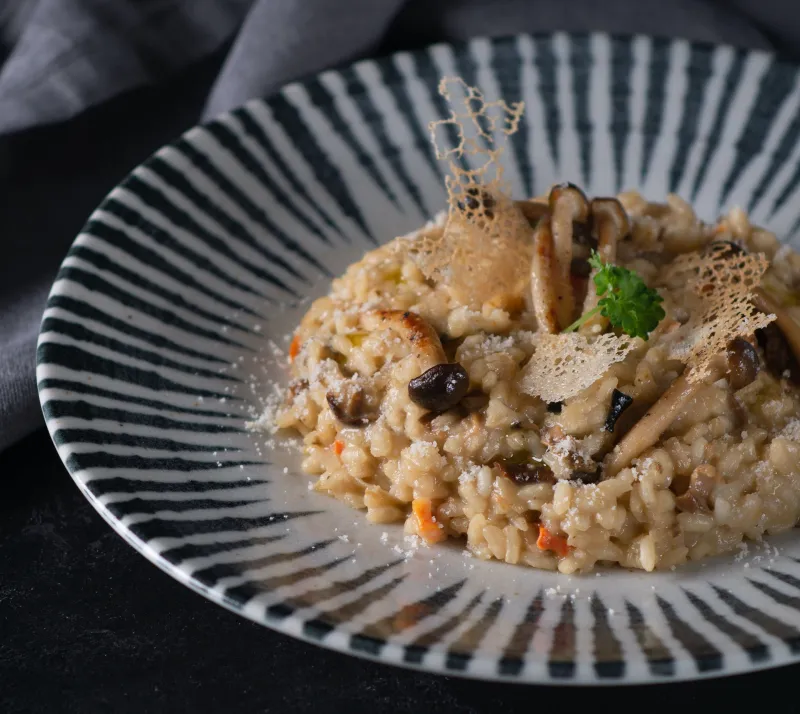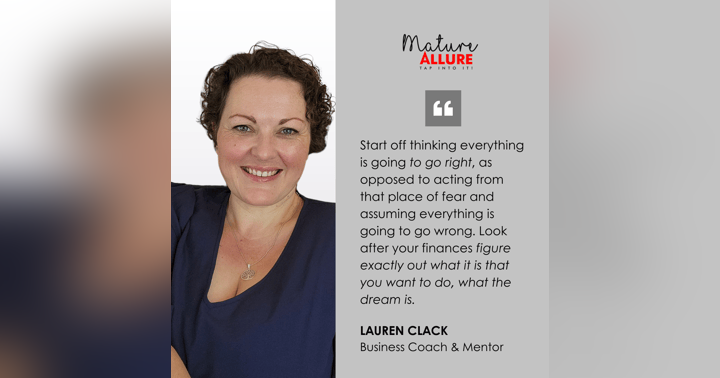Vegetarianism vs. Veganism and 5 Transitioning Tips to Plant-Based Eating

In the realm of dietary choices, vegetarianism and veganism stand as two impactful lifestyles that prioritize plant-based eating. For women in midlife, this dietary shift can offer an array of health benefits, particularly when reducing meat and dairy consumption.
Vegetarianism vs. Veganism for Women in Midlife
For women navigating midlife, transitioning to a plant-based diet—be it vegetarian or vegan—can yield substantial health advantages. Vegetarianism primarily excludes meat from the diet, including poultry, fish, pork, and red meat. It allows for dairy and eggs, making it a more flexible choice for those seeking a plant-focused diet. Veganism, on the other hand, extends beyond omitting meat and encompasses a wholly plant-based approach, eliminating all animal-derived products, including dairy, eggs, and even honey.
The Benefits of Reduced Consumption of Meat and Dairy
Hormonal Balance – Plant-based diets often contain higher levels of phytonutrients and antioxidants, supporting hormonal balance during menopause and potentially alleviating symptoms like hot flashes and mood swings.
Heart Health – Lowering the intake of saturated fats found in meat and dairy can decrease the risk of heart disease and promote better cardiovascular health, crucial during midlife when heart-related issues become more prevalent.
Bone Health – Contrary to the myth that dairy is the sole source of calcium, plant-based alternatives fortified with calcium and vitamin D can sustain bone health, aiding in the prevention of osteoporosis.
Weight Management – Embracing a plant-based diet tends to be lower in calories and saturated fats, potentially aiding in weight management, which can be a concern for some women during this life stage.
Gut Health – Increased intake of fruits, vegetables, and whole grains can enhance gut microbiota, promoting digestive health and nutrient absorption—a vital aspect of midlife wellness.
5 Transitioning Tips to Plant-Based Eating
- Start Gradually – Begin by dedicating certain days of the week to meat-free meals or swap one meal a day with a plant-based alternative.
- Explore Plant-based Substitutes – Experiment with tofu, tempeh, legumes, and nuts as protein alternatives. Replace dairy with plant-based milks like almond, soy, or oat milk.
- Educate Yourself – Learn about plant-based nutrition to ensure a balanced diet that meets your nutritional needs.
- Get Creative with Recipes – Explore diverse cuisines and recipes that showcase the richness of plant-based ingredients.
- Seek Support – Join communities or seek guidance from nutritionists or online forums to stay motivated and exchange tips and recipes.
Suggested recipe delights to try:
A Vegetarian Dish
Roasted Vegetable and Quinoa Stuffed Pepper
Ingredients
- 4 large bell peppers, any color
- 1 cup quinoa, rinsed
- 2 cups vegetable broth or water
- 1 onion, diced
- 2 cloves garlic, minced
- 1 zucchini, diced
- 1 cup cherry tomatoes, halved
- 1 cup corn kernels
- 1 teaspoon paprika
- 1 teaspoon dried oregano
- Salt and pepper to taste
- Olive oil for roasting
Instructions
Preheat the oven to 375°F (190°C).
Cut the tops off the bell peppers and remove seeds and membranes. Place them in a baking dish, cut side up.
In a saucepan, combine quinoa and vegetable broth (or water) and bring to a boil. Reduce heat, cover, and simmer for 15-20 minutes or until quinoa is cooked and liquid is absorbed.
In a separate pan, heat olive oil over medium heat. Add onion and garlic, sauté until translucent.
Add diced zucchini, cherry tomatoes, and corn to the pan. Cook for 5-7 minutes until vegetables are slightly tender.
Stir in the cooked quinoa, paprika, dried oregano, salt, and pepper. Mix well.
Stuff each bell pepper with the quinoa-vegetable mixture.
Drizzle a little olive oil over the peppers and cover the baking dish with foil.
Bake for 25-30 minutes or until peppers are tender. Remove foil and bake for an additional 5-10 minutes for a slightly crispy top.
A Vegan Dish
Creamy Vegan Mushroom Risotto
Ingredients
- 1 ½ cups Arborio rice
- 4 cups vegetable broth
- 2 tablespoons olive oil
- 1 onion, finely chopped
- 3 cloves garlic, minced
- 12 oz (340g) assorted mushrooms (such as cremini, shiitake), sliced
- ½ cup dry white wine (optional)
- ½ cup nutritional yeast
- 1 tablespoon fresh thyme leaves
- Salt and pepper to taste
- Chopped parsley for garnish
Instructions
In a saucepan, heat the vegetable broth and keep it warm over low heat.
In a separate large skillet or pan, heat olive oil over medium heat. Add chopped onion and sauté until translucent.
Add minced garlic and sliced mushrooms to the pan. Cook until mushrooms are golden brown and tender.
Stir in Arborio rice and cook for 2-3 minutes until the rice is coated and slightly translucent.
If using wine, pour it into the skillet and stir until absorbed by the rice.
Begin adding the warm vegetable broth, ½ cup at a time, stirring frequently and allowing the liquid to be absorbed before adding more.
Continue adding broth and stirring until the rice is creamy and cooked al dente, usually about 20-25 minutes.
Stir in nutritional yeast, fresh thyme leaves, salt, and pepper.
Serve the risotto hot, garnished with chopped parsley.
We hope you enjoy these flavorful and satisfying dishes!
Transitioning to a vegetarian or vegan lifestyle can positively impact women’s health in midlife. By embracing the benefits and employing effective transitioning tips, this dietary shift can be both fulfilling and nourishing. Cheers to a vibrant, plant-powered journey ahead!










